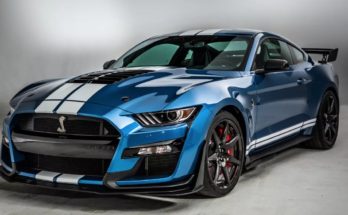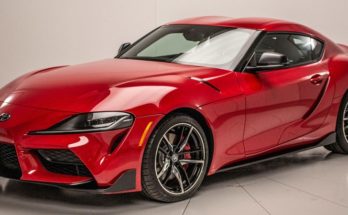While it may not be the most defining moment in mid-size car history, the Chevelle had enough of an impact to remain in the social consciousness, via NASCAR, film and television, music, or specialty Chevelles such as those created by Don Yenko. You may remember them from the Dukes of Hazzard television show as well, or the Fast & Furious film franchise. However you came across it, no matter where you remember it from, the Chevelle has something about it that makes it stand out as Chevrolet’s first muscle car.
Originally, the Chevelle was produced to compete with other mid-size car models, such as the Rambler Classic and Rambler American by American Motors and the Ford Fairline. It appeared in 1964, the only new American car that year, and came in several different styles: four-door station wagons or sedans, a convertible, a two-door coupe, and variations on these four. There was even a Canadian version called the Beaumont, which was re-trimmed and sold by Pontiac until 1970. The Chevelle itself was made in several places across the U.S. and Canada, including Quebec, Ontario, Michigan, Texas, and California.
The Chevelle was produced from 1963-1967, with plenty of options regarding transmission (2 or 3-speed automatic, 3 or 4-speed manual), engine (Chevrolet I6 3.2L to Big Block V8 6.5L), and, as mentioned previously, body styles. The wheelbase for the first generation measured 115 inches, and topped out at 3,256 lbs. at curb weight. Later generations had a larger wheelbase and were typically a few hundred pounds heavier, though they were all offered with either automatic or manual transmissions. Despite the weight, racers were keen to use Chevelles at NASCAR events, and some retired racers, like Don Yenko, took interest in the Chevelles and began creating their own hybrids and special packages to sell.
Third generation Chevelles were the most popular choice at NASCAR races, and the Chevelle Laguna was credited with with 34 wins when driven by Cale Yarborough, as well as two Grand National Championships. Benny Parsons, another Chevelle driver, managed to win the Winston Cup, and placed third at the Talledega Speedway. Yarborough and Parsons are perhaps the most well-known Chevelle racers, but there were plenty of others who utilized the vehicle between 1973-1977.
All good things must come to an end, however, and after 1977, it was time for a change. The Chevelle and its variations were gradually put on the shelf to be replaced by the Chevy Malibu, El Camino, and Montecarlo throughout the 1970’s, and soon the Chevelle became a nostalgic item for classic and muscle car collectors, hobbyists, and historians. You can still see Chevelles in new cinema such as Magic Trip (2012), Love Actually (2003), and When We Rise (2017), or you can listen to the American rock band named after the Chevelle. If pop is more your style, you might want to check out the Australian band The Chevelles.
If you want to learn more about this piece of American car history, you can do so by visiting its Wikipedia page, or the GM Heritage Center’s informational PDF.


